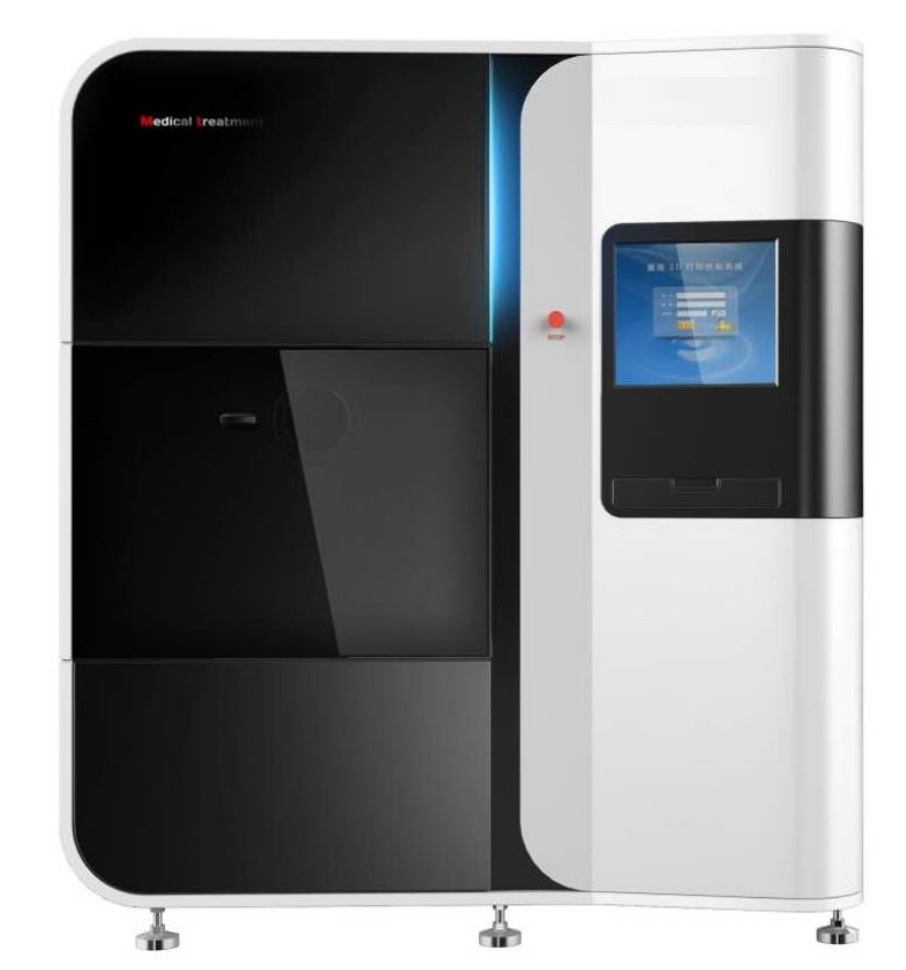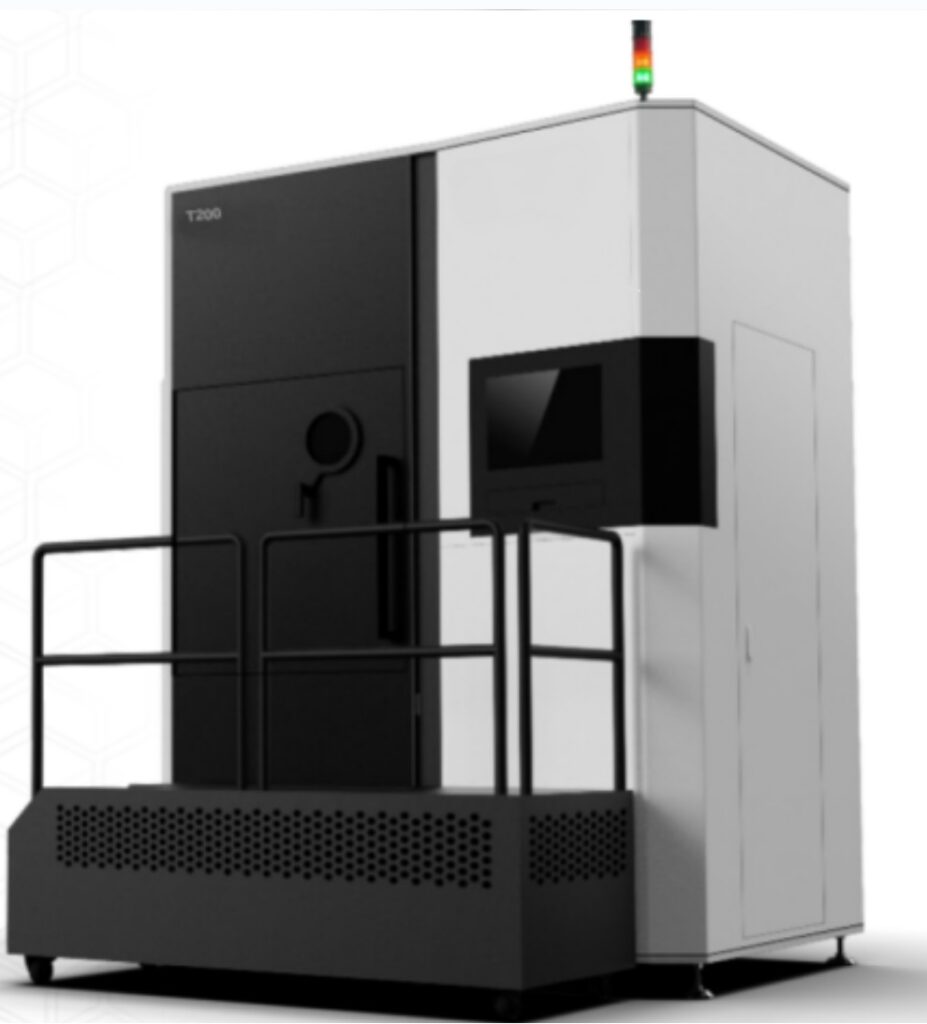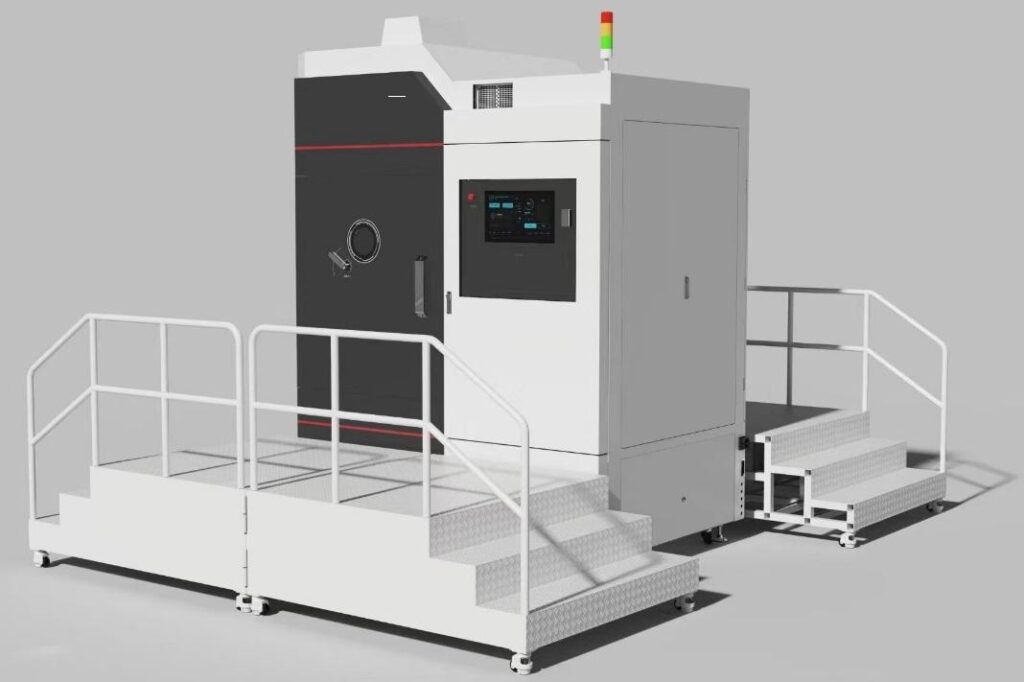Edited based on https://www.sciencedirect.com/science/article/abs/pii/S2214860424003348
Section snippets
Abstract
Diamond composites exhibit exceptional hardness, chemical stability and thermal conductivity, but poor machinability limits their applications. This article reports the use of electron beam melting technique (СЭБМ, one typical powder bed fusion technology) for 3D-structured NiCu/diamond composites, resulting in a high relative density (>95 %) and avoidance of graphitization, thereby offering overall excellent mechanical properties. Detailed analyses of the interactions between electron beams and NiCu/diamonds reveal that adjusting the linear energy density (LED) can control densification and local graphitization behavior. A dimensionless volumetric energy density (DVED) range derived from a semi-quantitative model has been proposed. The optimized values of DVED (4.1<ED*<5.1) are useful guideline for producing metal/diamond composites with complex 3D geometries for various engineering applications.
Introduction
The powder bed fusion (PBF) and directed energy deposition (DED) represents typical additive manufacturing (AM) techniques for producing metal and composite materials. These methods are emerging across diverse industries because they can achieve near-net shaping, thus minimizing material wastage and facilitating fabrication of complex-structured components. This is particularly significant for brittle materials, as it greatly reduces the need for machining. Diamond composites, valued for their ultra-high hardness, outstanding wear resistance, and excellent thermal conductivity, find widespread applications in telecommunications, consumer electronics, aerospace, transportation, mining, mechanical engineering, and other fields. However, shaping diamond composites into specific geometric configurations is highly challenging for their ultra-high hardness and intrinsic brittleness.
Correspondingly, extensive research has focused on one of PBF methods, the laser powder bed fusion (PBF-LB) of diamond composites. However, PBF-LB produced diamond composites often exhibit low relative density (approximately 80–87 %) and a large number of pores, attributed to inadequate beam energy input. Furthermore, high surface roughness and unfused particles are common due to insufficient energy input. Additionally, the rapid solidification inherent in PBF-LB can lead to residual stress-induced cracking in diamond composites despite extensive parameter optimization attempts. Moreover, high energy densities in PBF-LB can trigger graphitization in diamonds. When laser irradiation induces temperatures exceeding 700°C, carbon-carbon bonds transition from a sp3 hybridized state to a sp2 hybridized state, initiating graphitization. Graphite, which exhibits a higher laser absorption rate, further accelerates this graphitization. Schnell et al. found that covering diamond particles with titanium (Ti) coatings helps prevent them from graphitization during the PBF-LB process. That because Ti coatings react with the diamond to form a dense carbide layer, slowing the graphitization process. This suggests that using metal coatings could be a helpful way to keep diamond particles stable during additive manufacturing.
As a sophisticated PBF technique, electron beam powder bed fusion (PBF-EB) remains somewhat limited relative to PBF-LB for higher equipment costs and its exclusive applicability to conductive materials. Nevertheless, PBF-EB offers advantages ideally suited to addressing the challenges of preparing diamond composites. Notably, vacuum environment in PBF-EB inhibits diamond graphitization, contrasting with reliance of PBF-LB on inert gas (nitrogen, or argon) protection. For a low-oxygen conditions in the PBF-EB process, little oxygen atoms can break the C-C bond of diamond, thereby mitigating graphitization of diamond. Moreover, the high preheating temperature of PBF-EB helps suppress cracking. In the PBF-EB process, utilizing the electromagnetic fields to control the movement of electron beam enables the achievement of ultra-high scanning speeds. This approach significantly enhances fabrication efficiency. Despite these benefits, literatures on diamond composite fabrication via PBF-EB are very rare.
Copper/diamond composites have drawn significant attention for their exceptional thermal properties, such as high thermal conductivity and working temperature. However, copper’s low strength and poor wettability with diamond severely limit the application of copper/diamond composites. Nickel-copper (Ni-Cu) alloys, with excellent mechanical properties, oxidation resistance, and similar lattice parameters to diamond, are promising candidates for metallic binders in metal/diamond composites.
This work introduces the first application of a PBF method, the PBF-EB process for fabricating NiCu/diamond composites to achieve high density and excellent comprehensive properties. To control densification behavior and resist graphitization of diamond, detailed characterization and analysis of the interactions among electron beams, metal binders, and diamonds were conducted. Based on experimental findings and discussions, dimensionless volumetric energy density (DVED) values were calculated using a semi-quantitative model. The optimized DVED represents a universal range, offering valuable guidance for the PBF-EB of other metal binder/diamond composites.
Materials preparation
The composites were fabricated utilizing a PBF machine (S-200, Xi’an Sailong AM Technologies Co., Ltd., China), employing a mixture of 90 vol% NiCu and 10 vol% diamond powder. The NiCu powder, exhibiting a spherical morphology and with powder sizes ranging between 53 and 150 μm, was produced via gas atomization, as illustrated in Fig. 1(a, d). The chemical composition of the NiCu powder was measured through inductively coupled plasma atomic emission spectrometer (ICP-AES)

Fig. 1 Y150 / Y150Plus

Fig.2 S200/T200

Fig.3 H400
PBF-EB densification behavior of the NiCu/diamond composites
The surface morphologies of specimens fabricated via PBF-EB using varying beam current and scanning speed configurations are shown in Fig. 3. In Fig. 3(b), unfused powder is observed on the composite surface produced under conditions of low beam current (10 mA) and high scanning speed (7 m·s−1). This inadequacy in input energy results in relatively low molten pool temperatures and high melt viscosity, thereby impeding the complete melting of powder particles, particularly evident at the overlap
Conclusions
- The PBF-EB technique is a suitable PBF method for producing complex-structured NiCu/diamond composites, offering excellent comprehensive mechanical properties, such as a TRS exceeding 500 MPa, an abrasion ratio exceeding 150, and a fracture toughness of about 10 MPa·m1/2.
- Elevating LED improves the relative density and interfacial bonding of NiCu/diamond composite, but the LED is limited to 300 J·m−1. In contrast, lowering LED effectively prevents graphitization behavior, potentially producing
